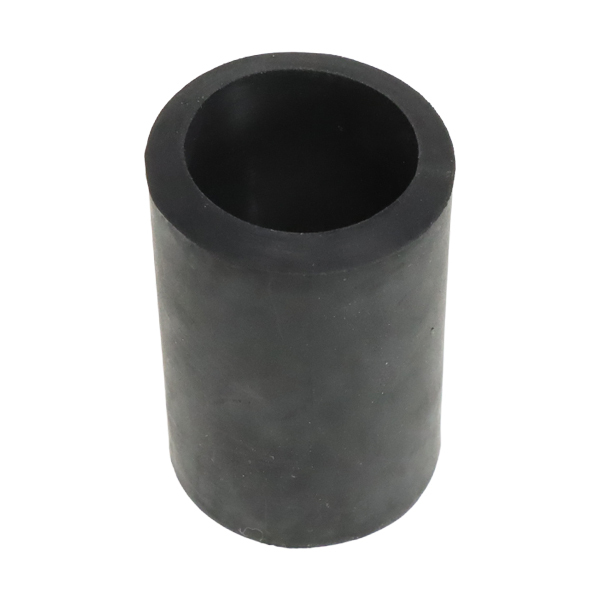How to Use a Walking Stick
Getting a walking stick when you realise you need some additional support to walk is not enough to guarantee your safety and comfort. To take full advantage of your new walking aid, it's crucial to know how to use it correctly. This short guide offers answers to all the most common questions, and teaches you how to use a walking stick in three easy steps.
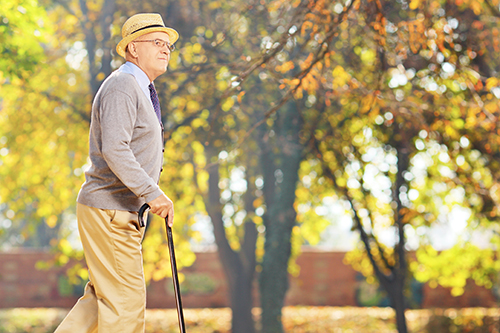
Walking Sticks for Balance
In today's blog, we'll explain how you can use a walking stick to help you get back on your feet. We'll also recommend the best walking sticks for the job, as well as including some key accessories to getting the most out of your walking sticks:
- Choosing the Right Length of Walking Stick
- Best Folding Walking Stick
- Which Side to Use a Walking Stick on
- Best Palm Grip Walking Stick
- How to Use a Walking Stick
- How to Walk with a Cane Upstairs
- Walking Sticks for Correct Posture
- Best Ferrule for Stability and Posture
What Is the Correct Length for a Walking Stick?
The first step towards optimal walking stick use is finding one that is of the right size for your height and body composition. A properly sized walking stick minimises the pressure on your shoulders, arms and wrists, prevents muscle and back pain, and reduces the risk of trips and falls.
To determine if your current walking stick is the right size, stand with your arms relaxed by your side, wearing your regular walking shoes. The top of the handle of the stick should be at the same height as the bone on the outside of your wrist. If you want to learn how to measure for a walking stick in more detail, we strongly recommend this informative article on How Tall Your Walking Stick Should Be.
Best Folding Walking Stick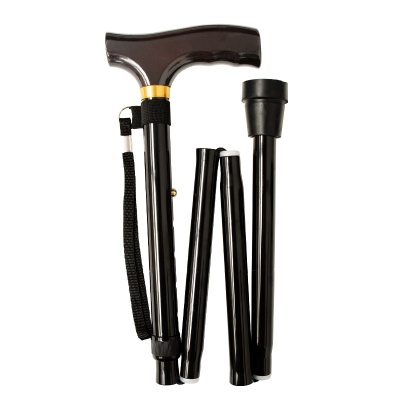
A height-adjustable walking stick is a great alternative for those who aren't entirely sure how tall their cane should be, and don't want to commit to one before trying it out. This Black Height Adjustable Folding Cane with Crutch Handle comes in a range of sizes, and can be adjusted by 4 inches per size. Folding into four sections, this design is incredibly convenient to use anywhere you go, making this a versatile, stylish and nifty support for anywhere you need it.
Check out Some of Our Bestselling Folding Walking Sticks
Which Side Should You Use a Walking Stick?
A common mistake among walking stick users is to use a walking stick on their weaker side. Since you use your walking stick for support, this causes you to lean heavily on your painful side. You should always use the stick on your stronger, less painful side, as this shifts the weight of your body to the stronger side.
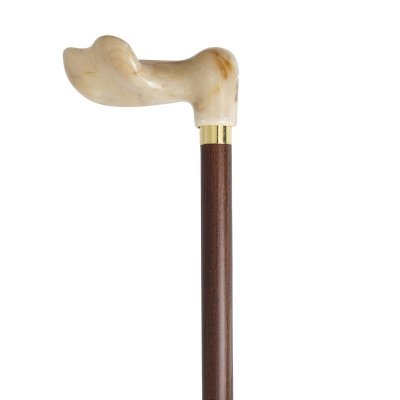 Best Palm Grip Walking Stick
Best Palm Grip Walking Stick
Most walking sticks can easily be held in either the left or the right hand. If, however, your painful or arthritic wrists require you to use a walking stick with an orthopaedic handle, it's important to think ahead of which side of your body needs more support. This Anatomical Marble-Effect Hardwood Fischer Walking Stick is available in two designs, for either the right or the left hand, and features an ergonomically designed Fischer handle that is perfect for weaker wrists and hands.
Check Out Some of Our Bestselling Fischer Walking Sticks
How to Use a Walking Stick
Now that we've covered the basics for how to pick the right walking stick for your needs, it's time to learn how to use it:
1. Holding your walking stick on your stronger side, take a step with the weaker leg and bring the cane forward at the same time. It's important to move the stick and the affected leg forward together.
2. Swing the stronger leg through. The cane should be moved the distance of one average step forward with each move.
3. You should never feel as though you are stretching to catch up to the walking stick, or stepping ahead of it. This might take some practice, but it's essential to walk this way to reduce stress on the rest of your body.
Conquering Stairs
Stairs are nothing to be afraid of when you know what you're doing. This old saying describes everything you need to know about managing stairs with a walking stick: "Up with the good, down with the bad."
When stepping up, use your strong leg first, and then follow with the stick and your weaker leg at the same time. The stick should help you push up. When going down, start with your stick and weaker leg, and follow with your stronger leg.
Correct Posture
Good posture is important no matter what you do. When using a walking stick, keep your back straight as much as possible, trying not to lean too far to one side or too forward when placing the weight on the stick.
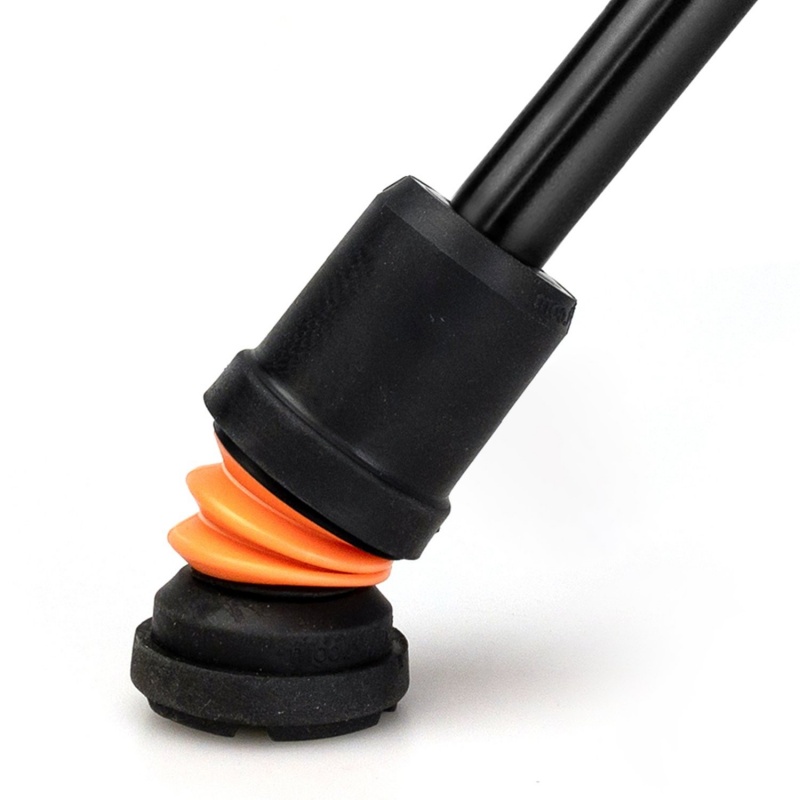 Using the Flexyfoot Shock-Absorbing Ferrule makes your chosen walking stick safer and more comfortable to use. Traditional walking stick ferrules do not absorb the shock generated every time the stick touches the ground, which travels through the hand and arm, leading to fatigue and discomfort. The uniquely designed bellows on the Flexyfoot absorb shock, reducing the risk of fatigue or discomfort, and helps to stabilise users using intense grip force.
Using the Flexyfoot Shock-Absorbing Ferrule makes your chosen walking stick safer and more comfortable to use. Traditional walking stick ferrules do not absorb the shock generated every time the stick touches the ground, which travels through the hand and arm, leading to fatigue and discomfort. The uniquely designed bellows on the Flexyfoot absorb shock, reducing the risk of fatigue or discomfort, and helps to stabilise users using intense grip force.
Check Out Some Of Our Bestselling Ferrules
Stylish Support
Here at WalkingSticks.co.uk, we have a number of fashionable yet sturdy sticks. We're sure you'll find a style you love!
For more information on ferrules, check out our blog on How to Measure Your Walking Stick for a Ferrule.
Why not check out our blog on The Best Walking Sticks for Young Adults?
Do you have any tips and tricks for making the use of a walking stick easier and more comfortable? Let us know in the comments, or find us on Twitter and Facebook!

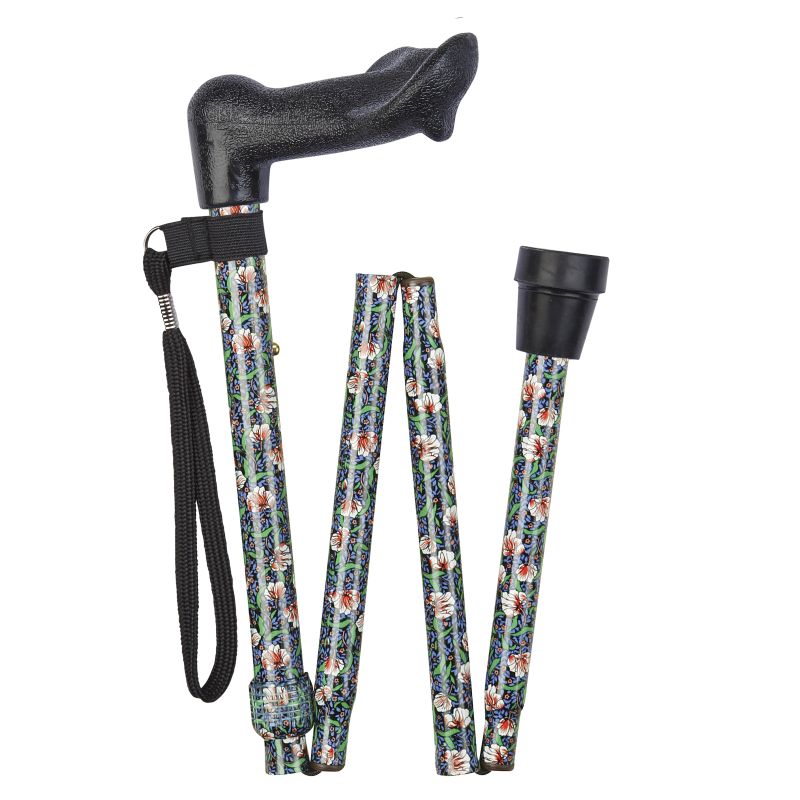
.jpeg)
.jpeg)
.jpeg)
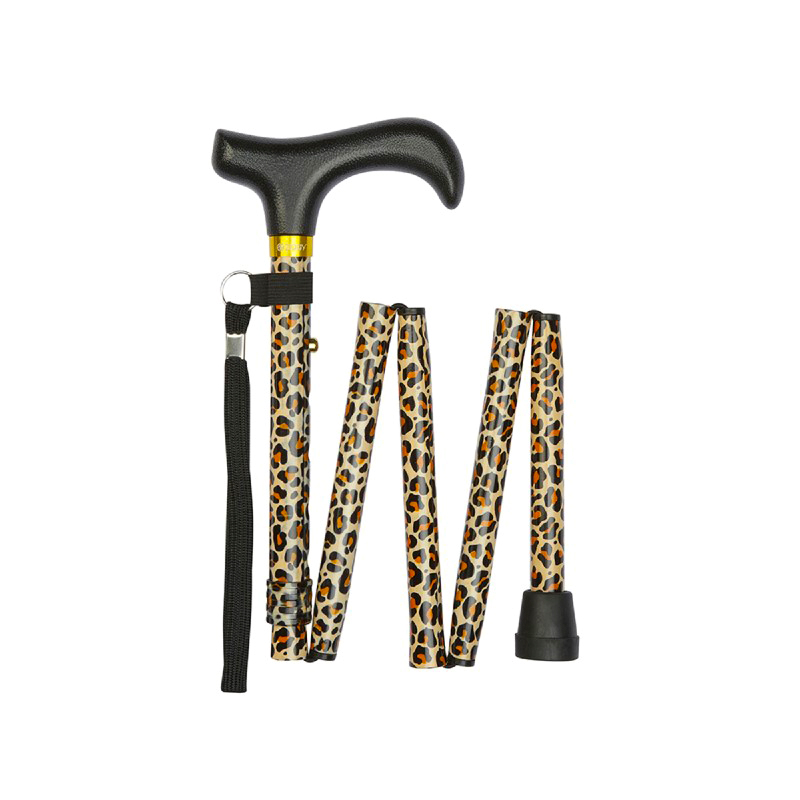
.jpg)
.jpg)
.jpg)
.jpg)
.jpg)
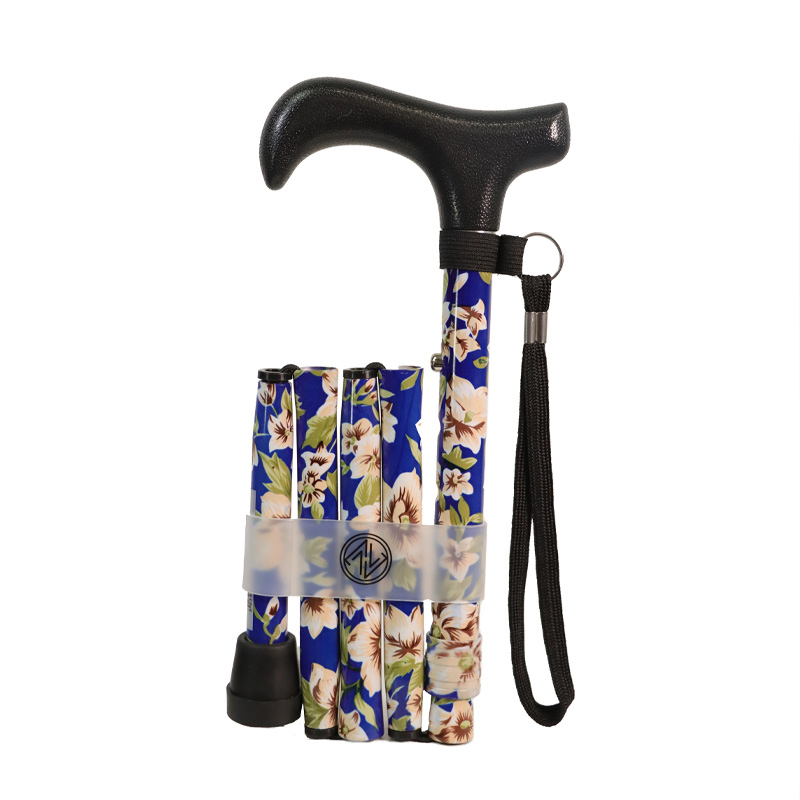
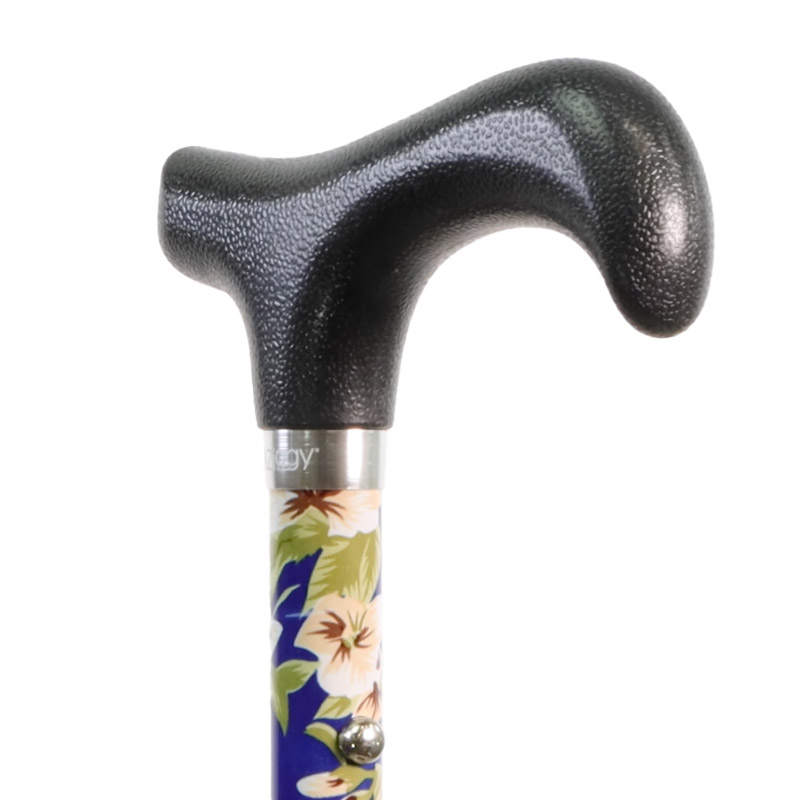
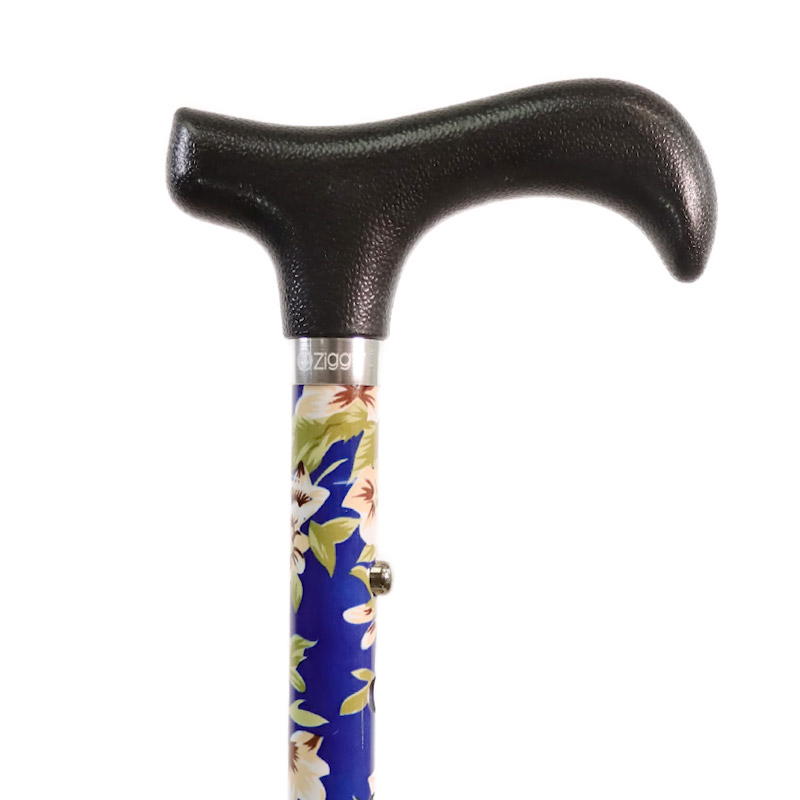
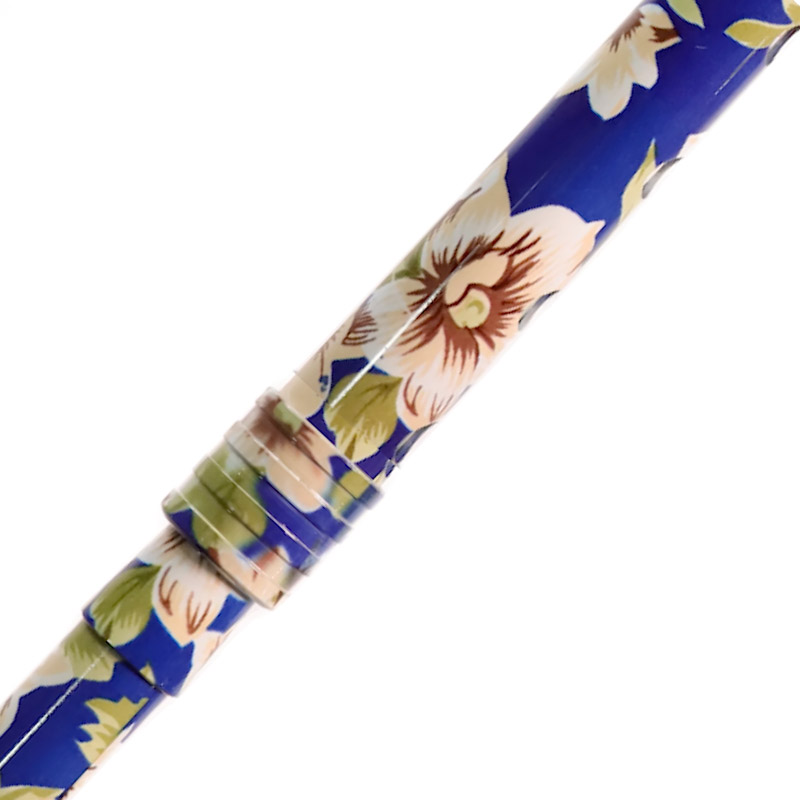
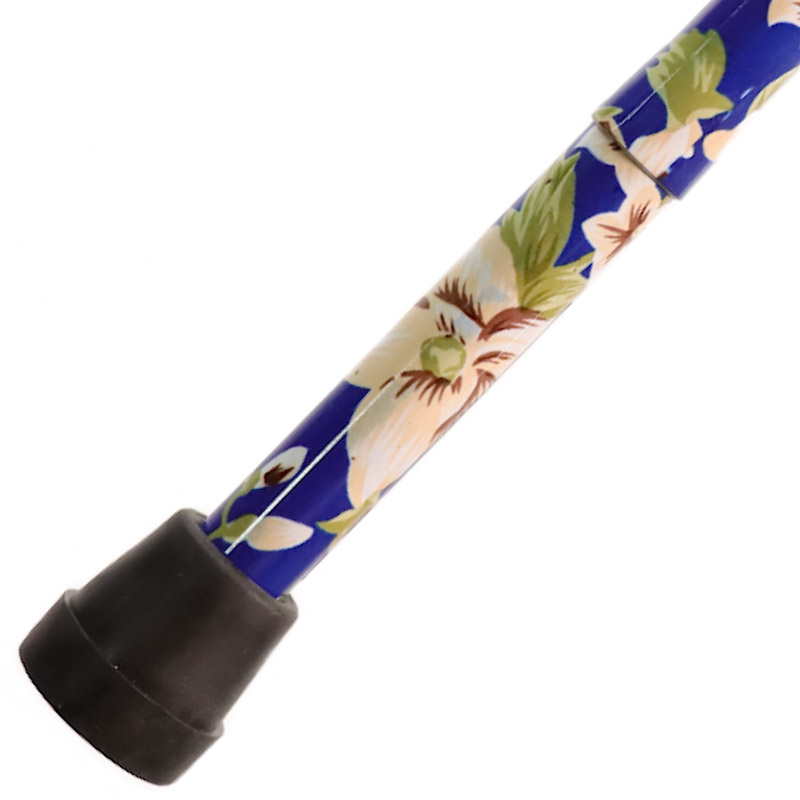
.jpg)
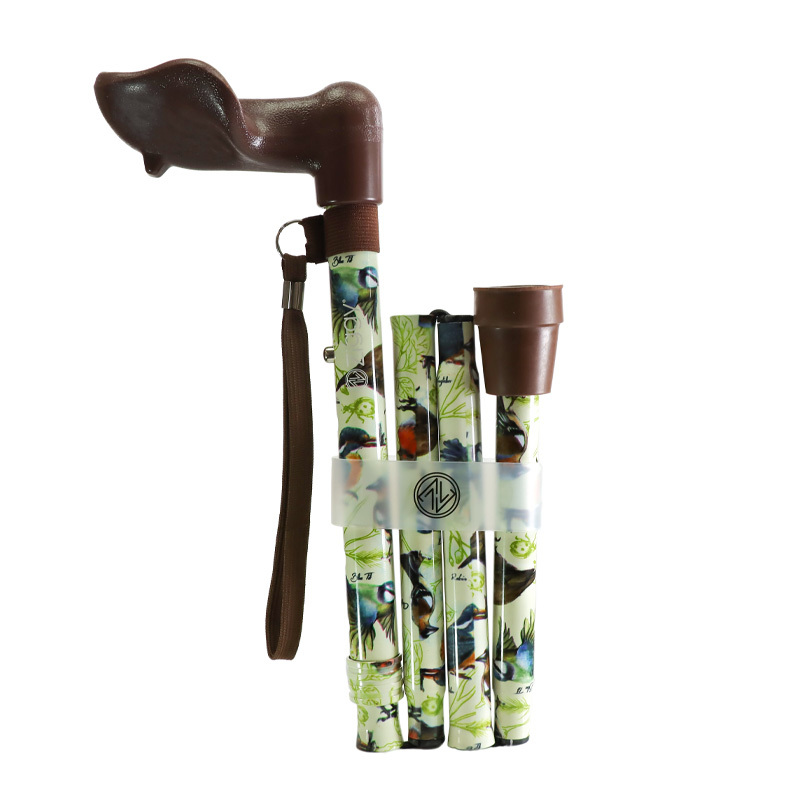
.jpg)
.jpg)
.jpg)
.jpg)
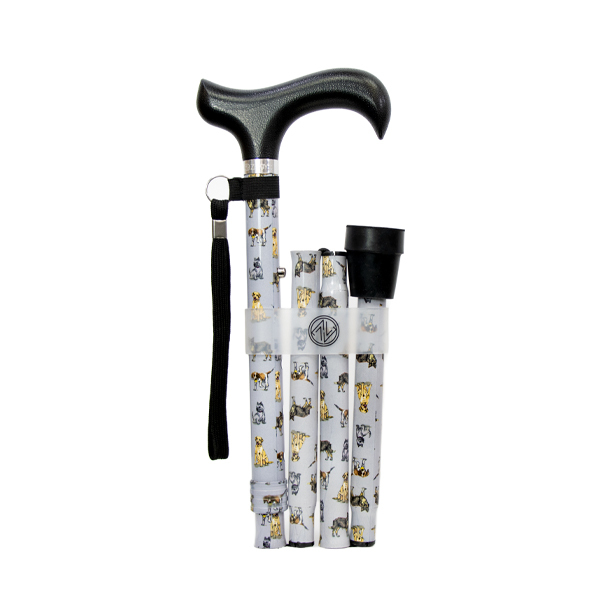
.jpg)
.jpg)
.jpg)
.jpg)
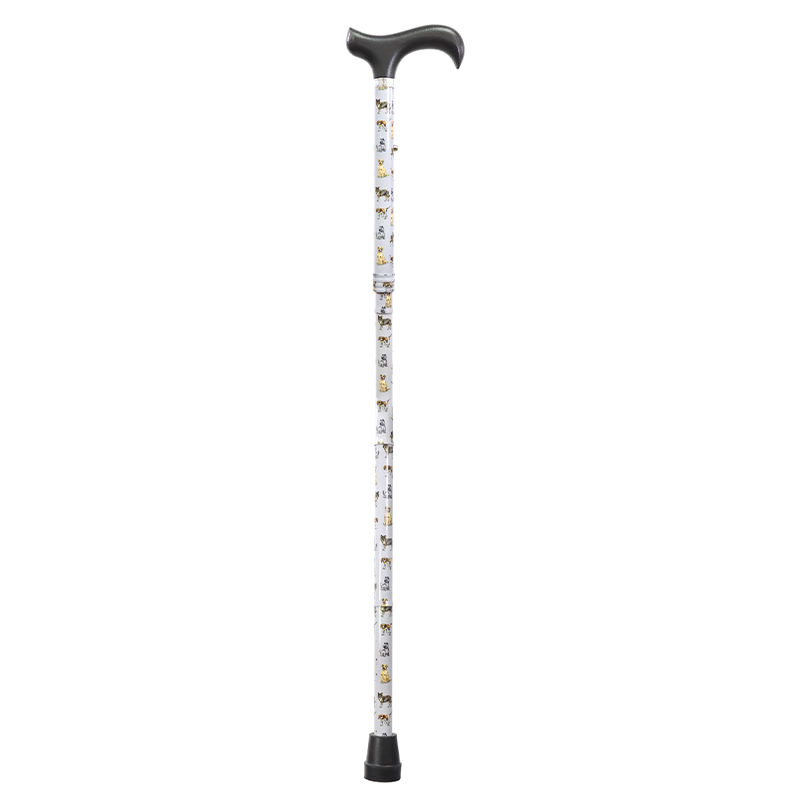
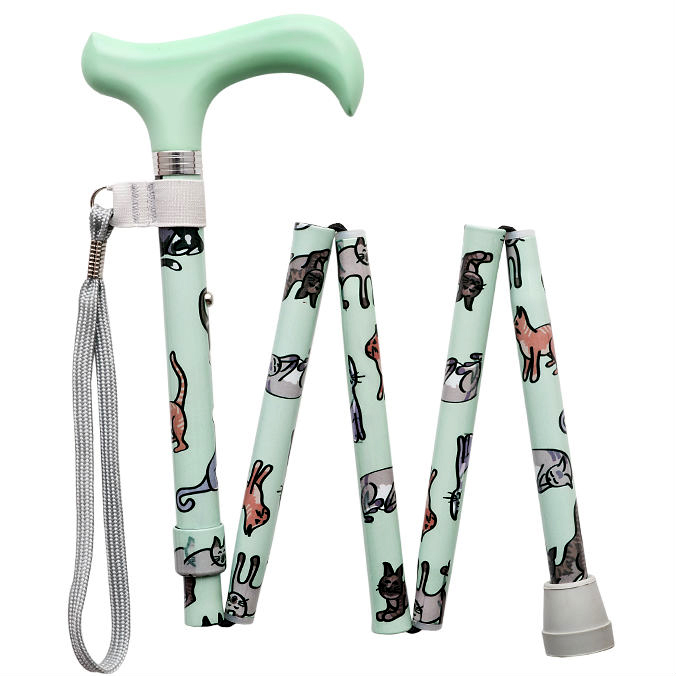
.jpg)
.jpg)
.jpg)
.jpg)
.jpg)
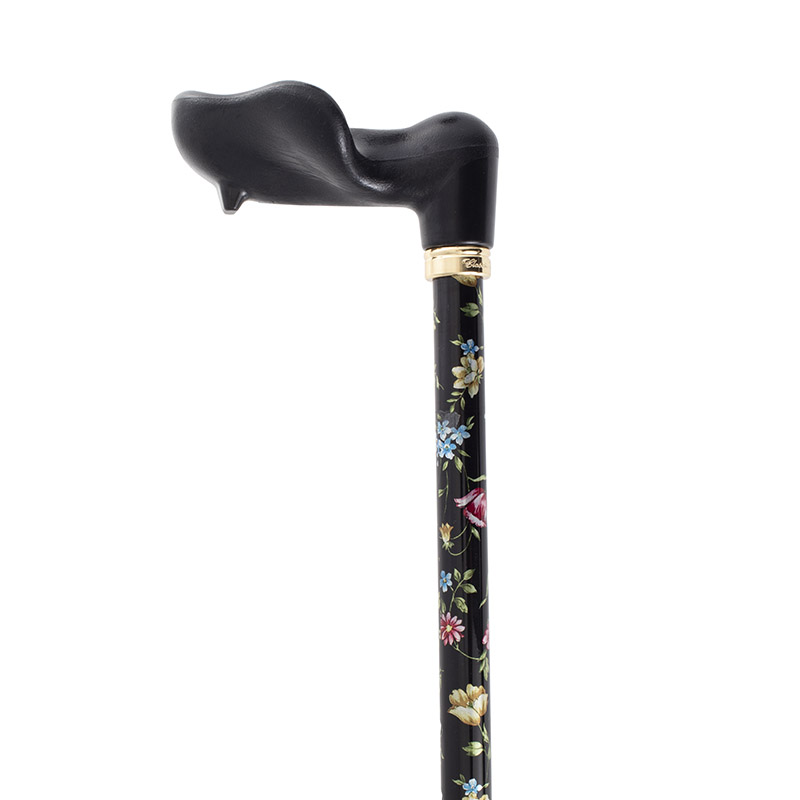
.jpg)
.jpg)
.jpg)
.jpg)
.jpg)
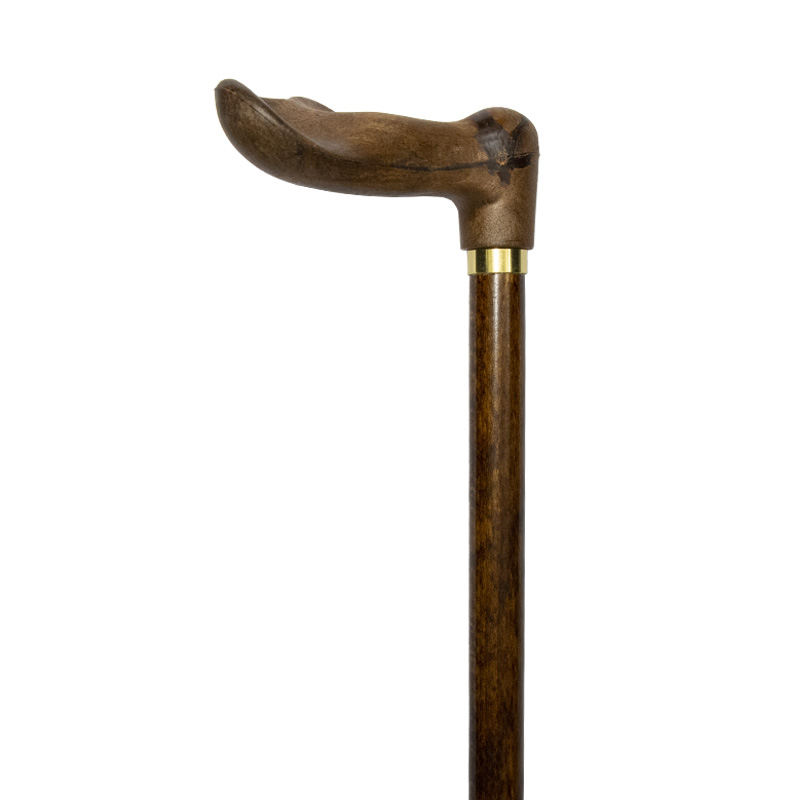
.jpg)
.jpg)
.jpg)
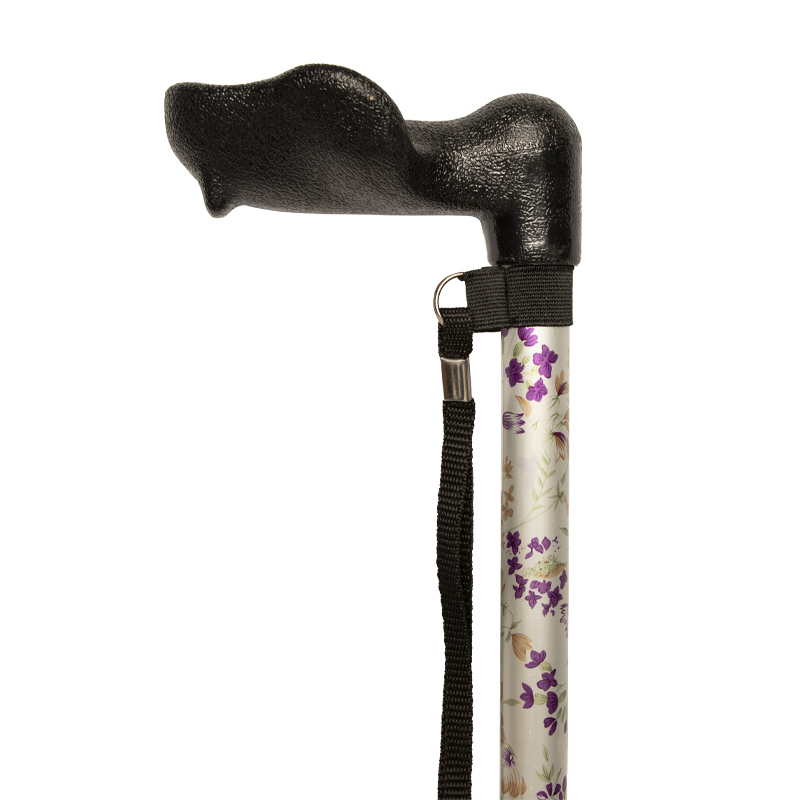
.jpg)
.jpg)
.jpg)
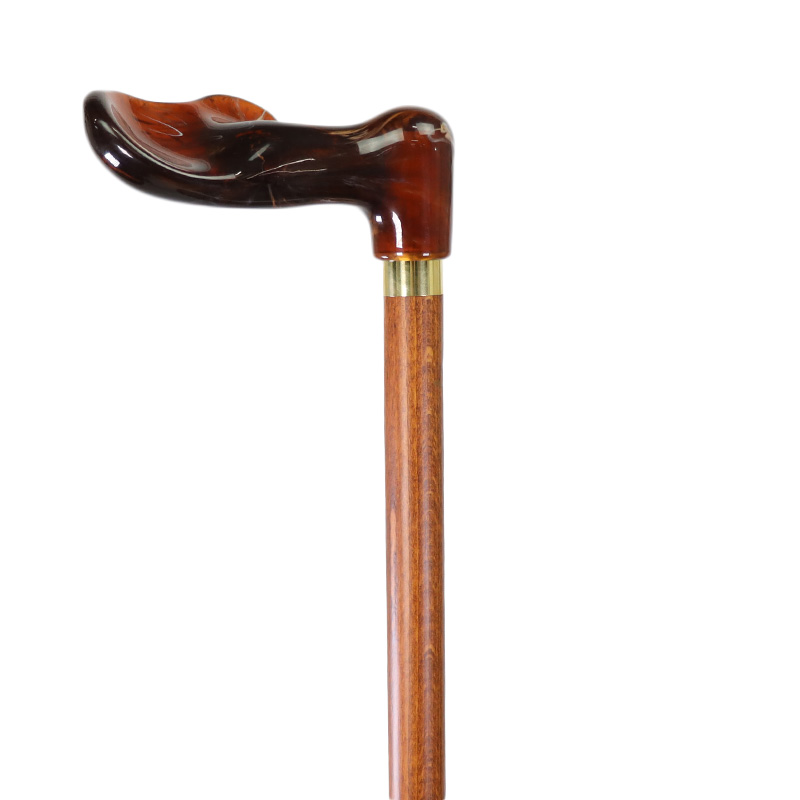
.jpg)
.jpg)
.jpg)
.jpg)
.jpg)
.jpg)
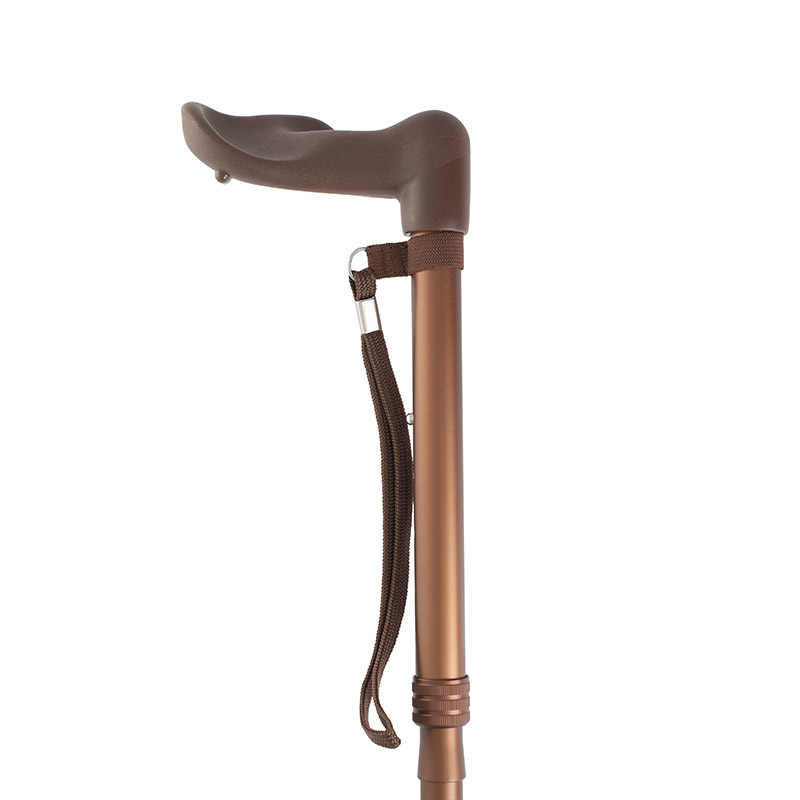
.jpg)
.jpg)
.jpg)
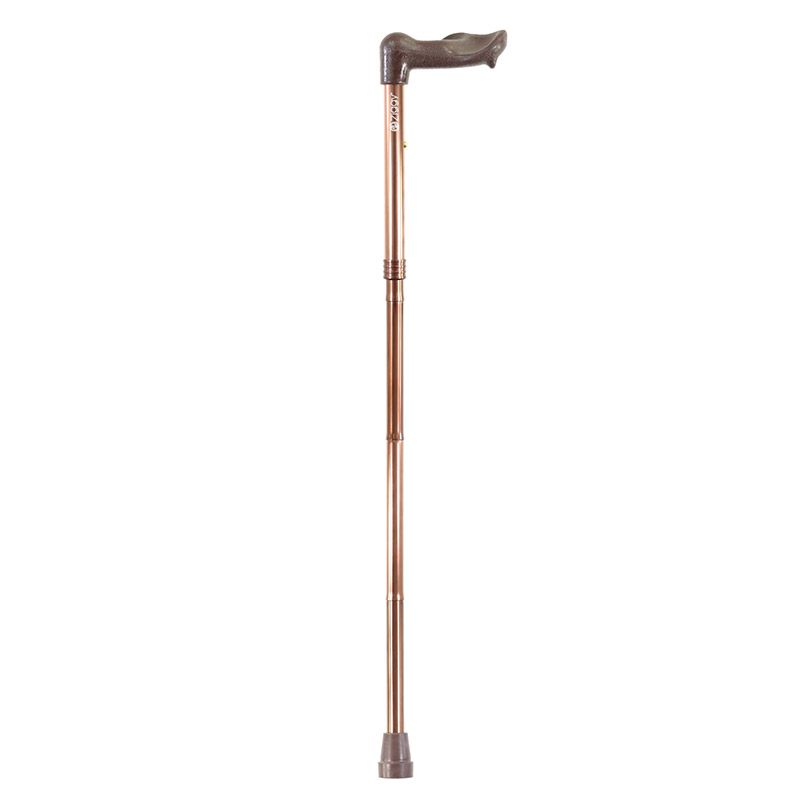
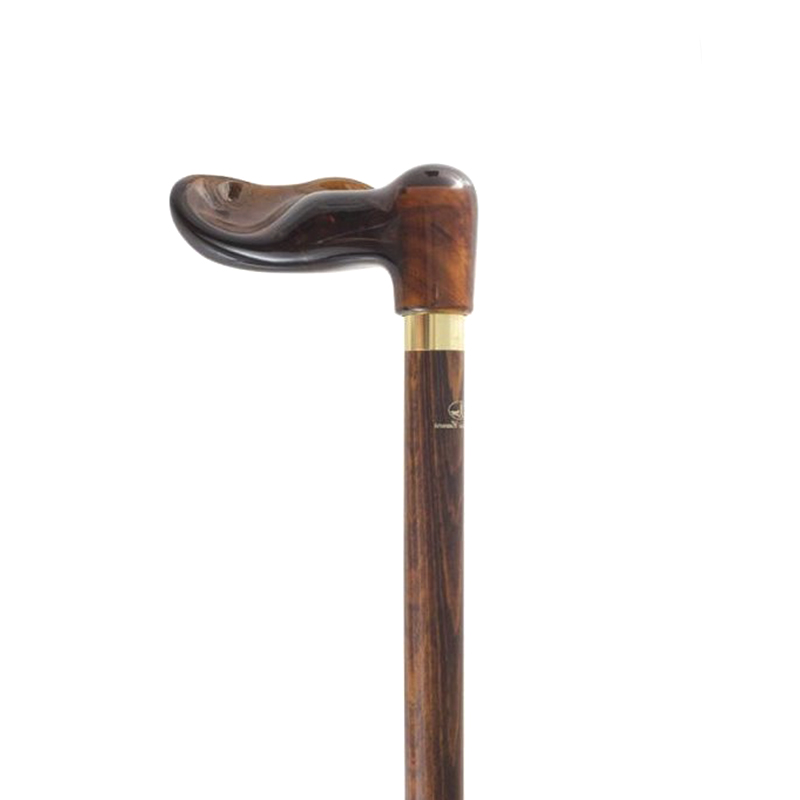
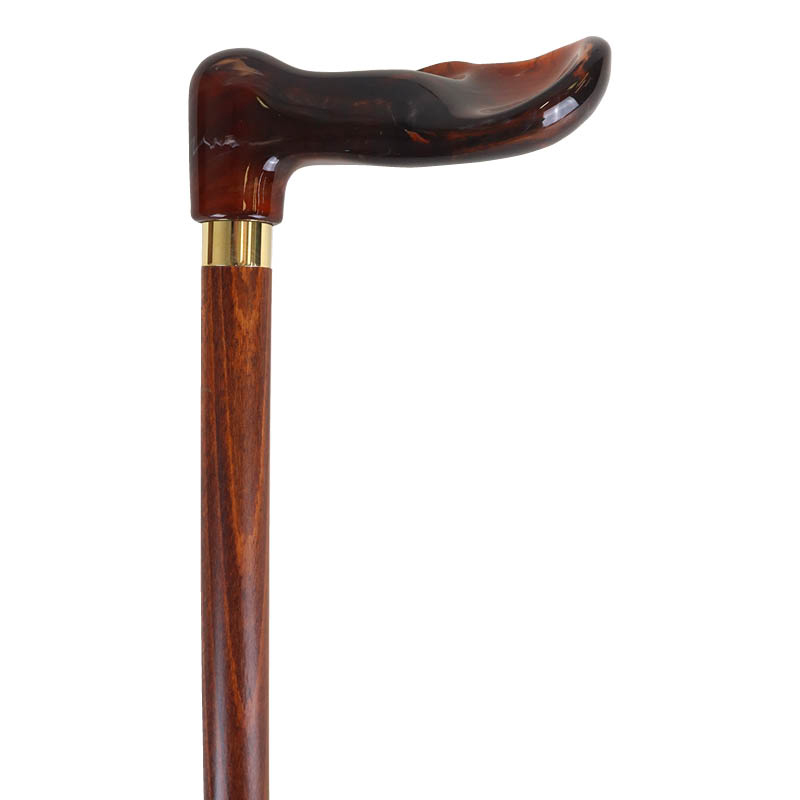

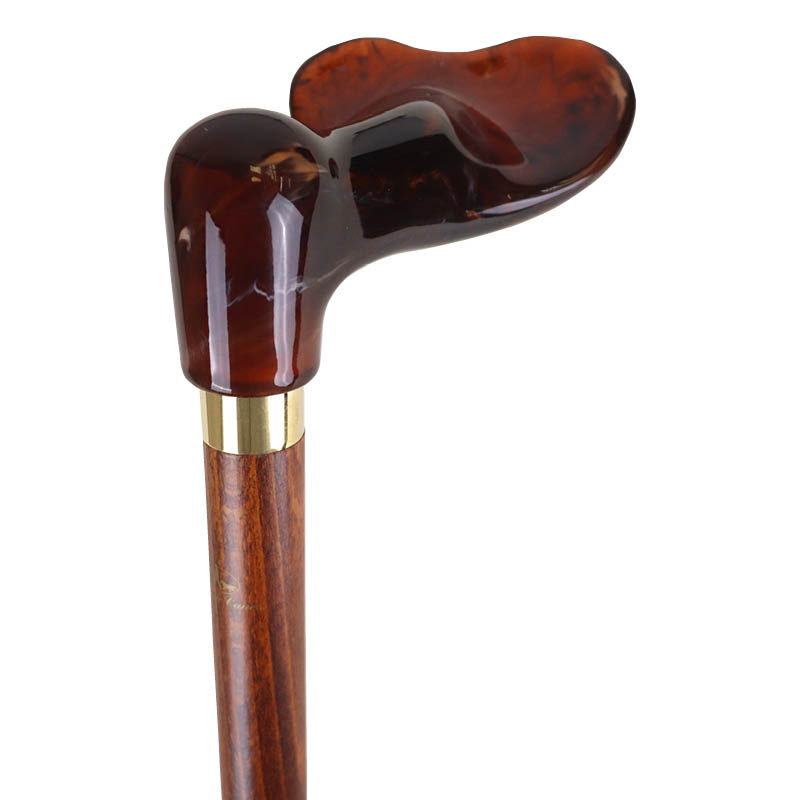
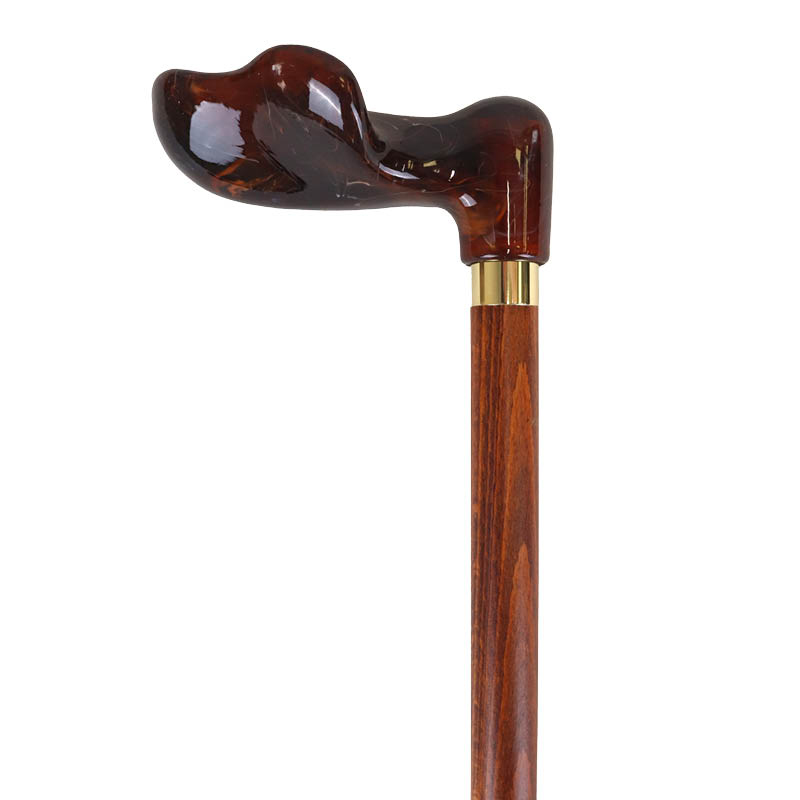
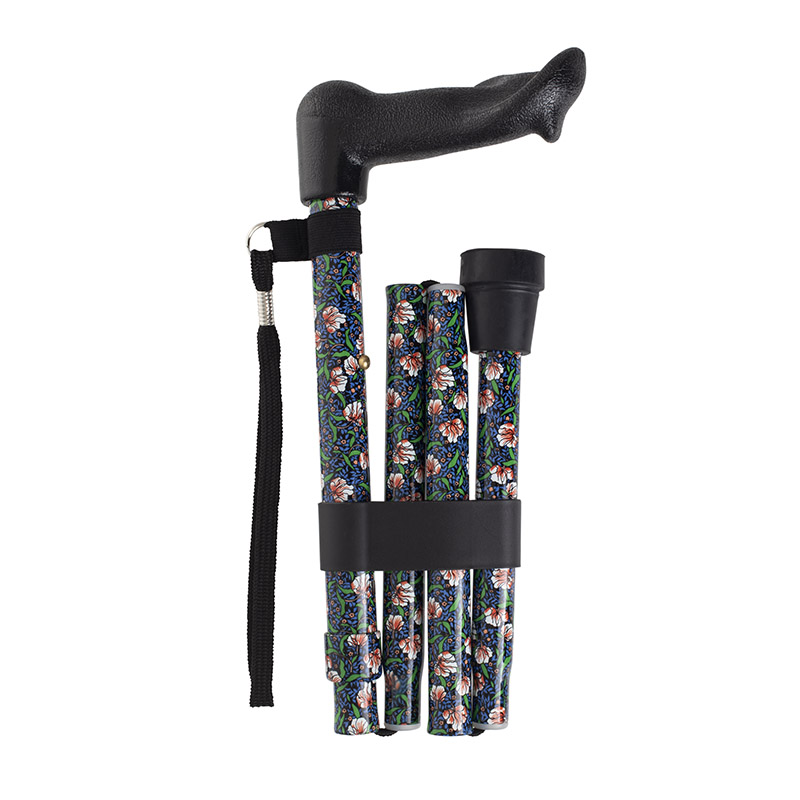
.jpg)
.jpg)
.jpg)
.jpg)
.jpg)
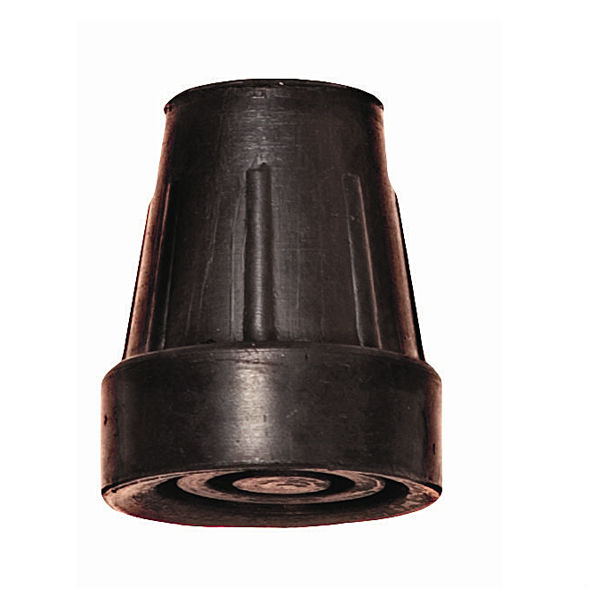
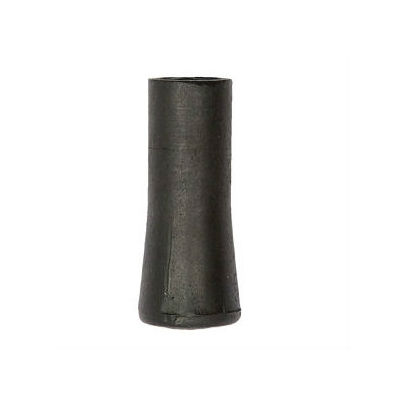
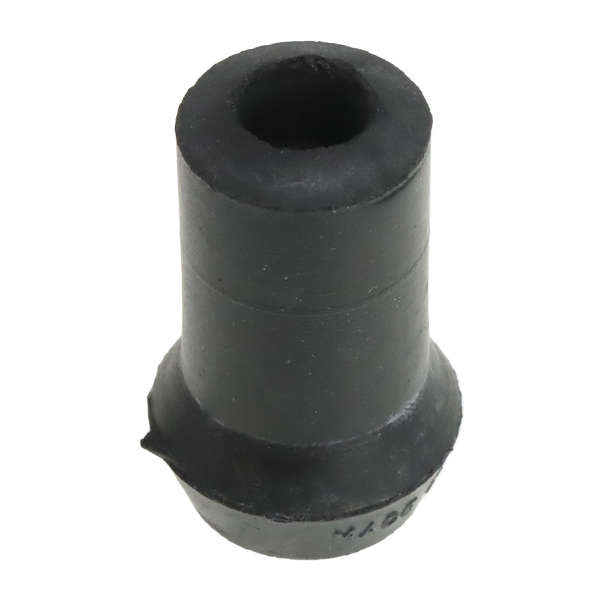
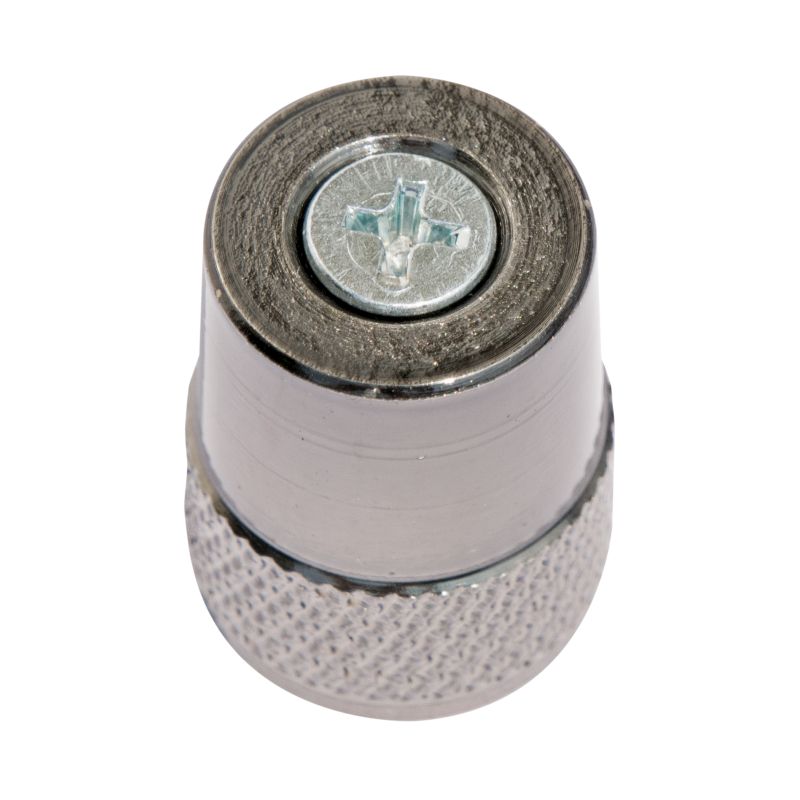
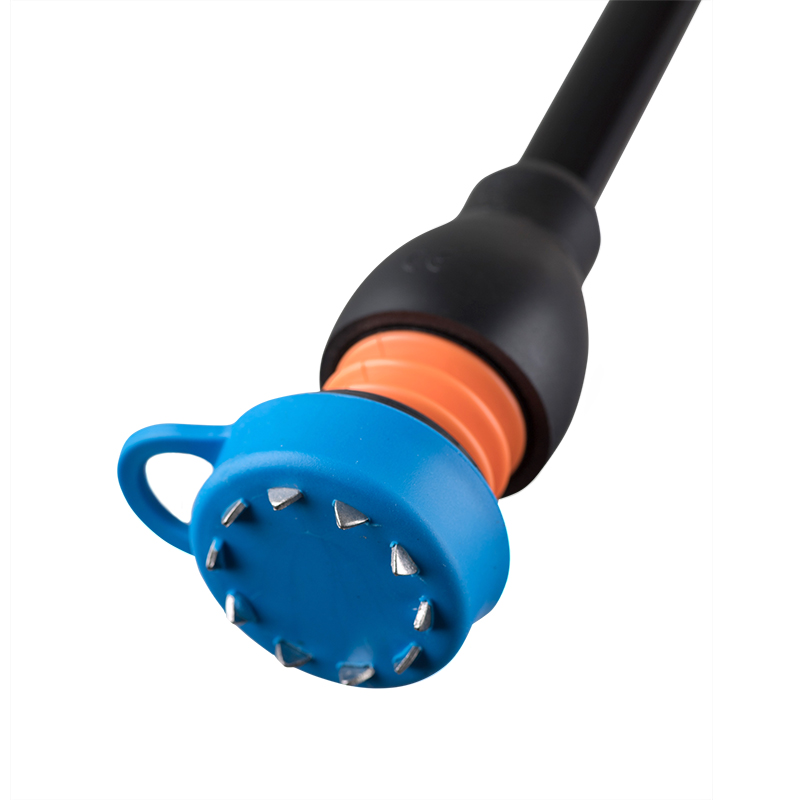
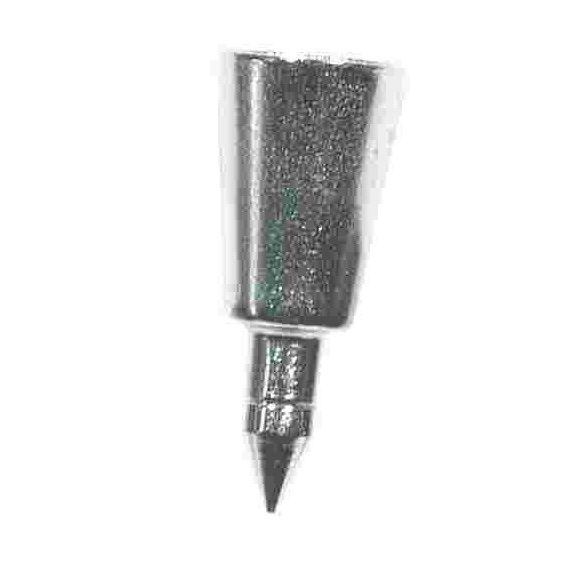
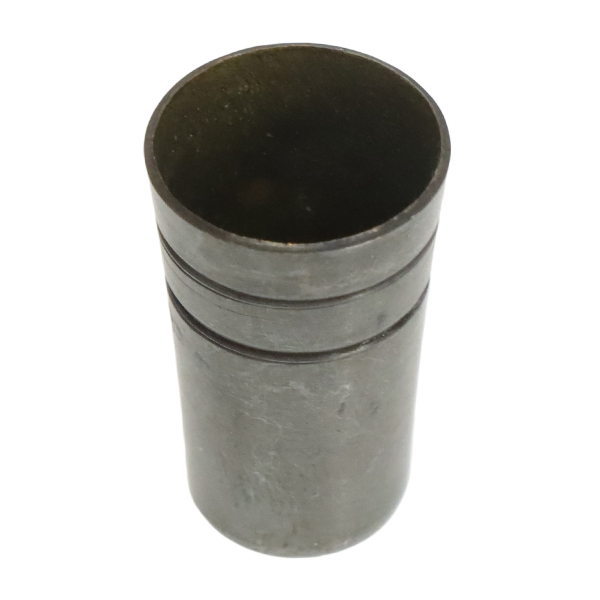
.jpg)
.jpg)
